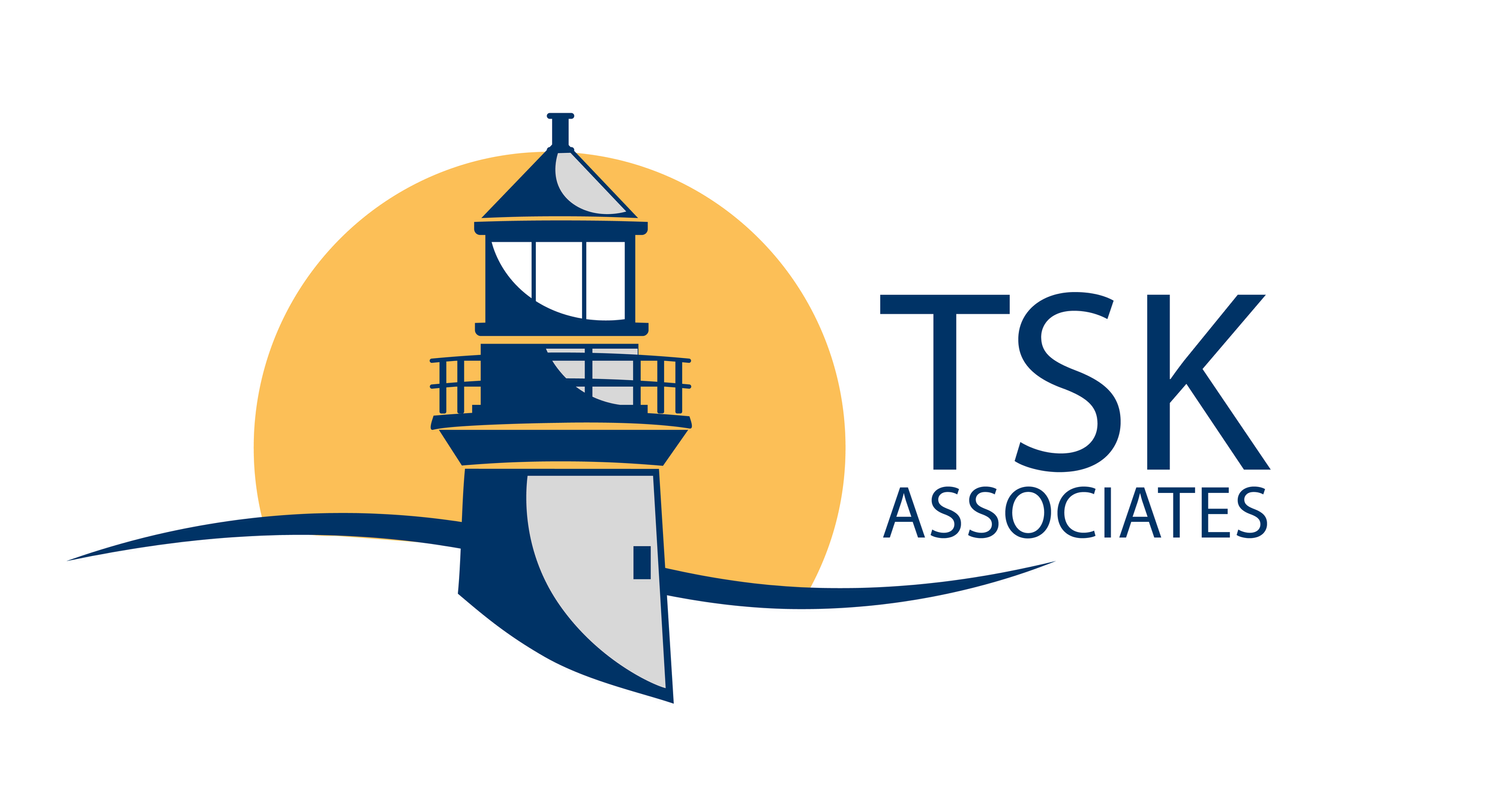January 11, 2019 5:49 pm
By Jon Chesto
Image by Tristan Stedman - MHI Vestas Offshore Wind
Boston — This country’s nascent offshore wind industry doesn’t yet have its own capital city. But Boston could be in the best position of any place to earn that title.
Boston’s reputation gets a significant boost on Friday when executives at MHI Vestas Offshore Wind meet with Governor Charlie Baker to announce plans for the Danish turbine manufacturer to put its US headquarters here.
The new office will be small at first, just a handful of staffers. Employment will grow over time, along with the sector. But its opening is important symbolically, the kind of move that can build momentum by encouraging others to take a look.
The precipitating event: a 2016 state law that requires utilities to buy up to 1,600 megawatts of offshore wind power. Vineyard Wind was picked in May to develop an 800-megawatt wind farm south of Martha’s Vineyard. In November, the developer said it chose MHI Vestas as its preferred turbine supplier; the project would consist of 84 turbines made by MHI Vestas, with blades reaching as high as 600 feet in the sky.
Around the same time, MHI Vestas hired Jason Folsom away from rival Siemens Gamesa to be its national sales director, making him the company’s first US hire. Folsom plans to relocate from Florida to run the new office. He says he hasn’t picked a Boston site yet, but wants to open one within the next three months.
While Folsom says the company considered other US cities, the offshore wind market is furthest along in Massachusetts. Vineyard Wind, a venture backed by two European companies, is trying to get permits lined up this year, with a goal of plugging into the grid in 2021. Vineyard Wind would become the country’s first major offshore wind farm, although Deepwater Wind opened a five-turbine project off Block Island two years ago.
MHI Vestas’ arrival echoes another Danish company’s move. Orsted, then known as Dong Energy, opened an office here four years ago; it now serves as Orsted’s US headquarters. Like MHI Vestas, Orsted was drawn by Massachusetts’ “first mover” advantage. Orsted is aiming to develop a wind farm off Martha’s Vineyard with Eversource and uses Boston, where it now employs more than 40 people, as a base to bid on offshore projects in other East Coast locations. Orsted officials like the access in Boston to the universities, the tech workforce, and Logan Airport. (Orsted also expanded to Providence with its recent acquisition of Deepwater.)
The real economic boon will arrive when construction begins — by the end of the year, if all goes according to Vineyard Wind’s plan. The turbines will be manufactured in Europe. But hundreds of people will be put to work at a staging area in New Bedford, and in the water.
Another 800 megawatts of offshore wind capacity will go out to bid by July. With that in mind, Vineyard Wind and two other developers with ties to European companies won a spirited competition last month for lease rights to build in deeper waters, further south of the Vineyard.
New York and New Jersey are close behind: Both states recently set their own offshore wind contests in motion, for 800 and 1,100 megawatts of capacity, respectively. Bids are already in for the New Jersey solicitation; they’re due next month in New York.
The race is on to become the go-to place for offshore wind, to build a critical mass for a sustainable industry. For now, at least, the arrival of MHI Vestas should help solidify Massachusetts’ head start.

